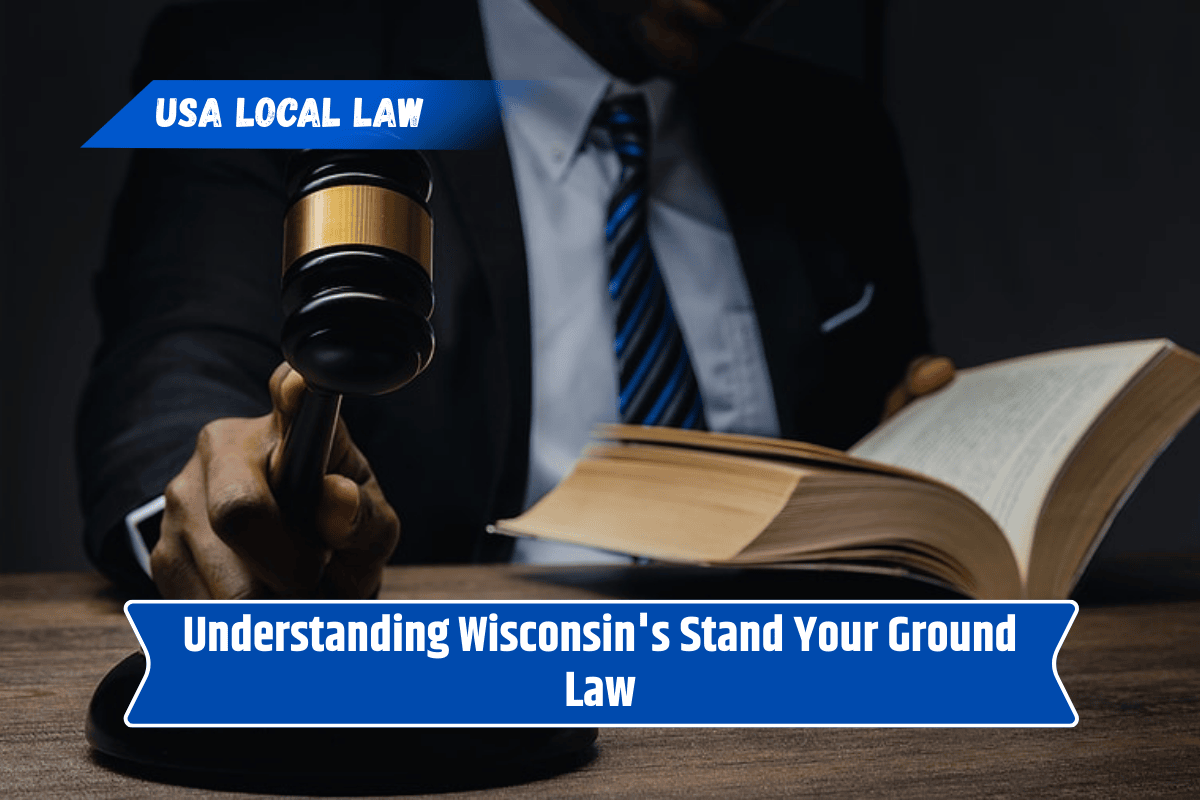When it comes to self-defense laws in the United States, many people hear about “Stand Your Ground” rules—but what does that really mean, especially in Wisconsin? If you’re living in or visiting the state, it’s important to know when and how you can legally protect yourself.
In this article, we’ll break down Wisconsin’s self-defense laws, explain how they work, and clear up confusion about whether Wisconsin truly has a “Stand Your Ground” law.
What Is a Stand Your Ground Law?
A “Stand Your Ground” law allows people to use force, including deadly force, without retreating when they believe they are facing an immediate threat of serious harm or death. In states with strong Stand Your Ground laws, this applies even if the person could have safely escaped or walked away from the situation.
These laws are designed to protect people who act in self-defense, especially in dangerous situations where they reasonably believe they are about to be harmed.
Does Wisconsin Have a Stand Your Ground Law?
Wisconsin does not have a law officially called “Stand Your Ground,” but it follows similar principles through its self-defense statutes and case law.
Here’s what the law allows:
You have the right to defend yourself if you believe you are in danger of being killed or seriously hurt.
In your own home, vehicle, or place of business, Wisconsin law gives you strong protections through something called the Castle Doctrine (more on this below).
Outside of those places (like in public), the law does not require you to retreat, but your use of force must still be reasonable and only in response to a real threat.
So, in simple terms, Wisconsin follows a limited Stand Your Ground approach—you don’t have to run away before defending yourself, but the situation must legally justify your actions.
Understanding Wisconsin’s Castle Doctrine
The Castle Doctrine is a key part of Wisconsin’s self-defense laws. It says that if someone unlawfully enters or tries to enter your home, vehicle, or business, you are presumed to be acting legally if you use deadly force to protect yourself or others.
This law applies only when:
The person you used force against was unlawfully and forcibly entering or had already entered.
You had reason to believe they were about to use force against you.
You were in your residence, vehicle, or workplace at the time.
In these situations, the law is on your side, and you don’t have a duty to retreat.
When Can You Legally Use Force in Wisconsin?
Under Wisconsin law, you can use reasonable force if:
You believe force is necessary to stop someone from unlawfully attacking you or someone else.
The amount of force you use matches the level of threat you’re facing.
Deadly force is only allowed if you believe it’s necessary to prevent death or serious injury.
If you use more force than needed or if the threat wasn’t serious enough to justify it, you could still face criminal charges.
Key Differences: Stand Your Ground vs. Castle Doctrine
| Feature | Stand Your Ground (General) | Wisconsin Law |
|---|---|---|
| Must you retreat first? | No | No (if force is reasonable) |
| Applies in public? | Yes | Yes (with conditions) |
| Applies at home? | Yes | Yes, under Castle Doctrine |
| Legal protection given | Broad immunity | Case-by-case basis |
Recent Updates and Legal Trends
While Wisconsin hasn’t officially passed a Stand Your Ground law like Florida or Texas, there have been proposals in recent years to expand self-defense protections. As of now, courts in Wisconsin continue to rule based on existing statutes and past case law, which supports the right to defend yourself under certain conditions.
If you’re a gun owner or someone concerned about personal safety, it’s wise to stay informed about legal changes and consider taking a concealed carry or self-defense law course to understand your rights fully.
Wisconsin doesn’t have a classic Stand Your Ground law, but it still allows people to defend themselves without retreating—especially in life-threatening situations. Thanks to the Castle Doctrine, residents also have strong legal backing when defending their homes, vehicles, or businesses.
The key takeaway? You can protect yourself, but the force you use must match the danger you’re facing. Understanding your rights today could protect your freedom tomorrow.
